Q: Which type of cat litter is best?
A: The best cat litter for you will depend on a variety of factors. If you have multiple cats, the powerful odor control and clumping of scoopable clay litter may be a good choice. Eco-conscious cat parents may prefer a natural litter like pine or corn that naturally biodegrades. Others may prefer the high absorbency of crystal cat litters, and those with allergies may prefer an unscented litter. And of course, your cat’s preferences will play a big role in deciding which cat litter is the best choice for your home.
Q: When should cat litter be changed?
A: Cat litter should be changed once a week or every other week. The ideal frequency will depend on how many cats you have, what type of litter you use, and how often you scoop the box. You should try to scoop the box every day and refill it with fresh litter to keep the litter level consistent. Be sure to clean the litter box thoroughly with soap and water whenever you change out the litter.
Q: Can all cat litter be flushed?
A: Cat litter can be flushed, but it must be the flushable kind of litter. Avoid flushing clay and other highly absorbent litters, as they can clog pipes and cause serious plumbing issues. Be sure to read the container and make sure any litter you are flushing is indeed flushable. There are many great flushable cat litters you can buy for your cat, and many are biodegradable and eco-friendly, as well.
Q: What cat litter doesn't track?
A: Cat litter that doesn’t track at all is difficult to find, but there are some things to look for if you want a low-tracking litter. Larger pellets like pine or paper tend to stick to cat paws less, and crystal litters tend to track a little less, as well. Another factor in tracking is the dust in some litters, which can be very messy and wind up tracked all over your floors. Look for low-dust clay formulas or lower-tracking pellet litters and use a litter mat in front of the box to keep your floors extra clean.
Q: Do cats prefer open or closed litter boxes?
A: Cat litter box preferences aren’t one-size-fits-all—for either cats or their pet parents. In general, there does not appear to be one style of cat litter box preferred by all cats, so find what works for you and your feline. While some cats like to do their business in an unenclosed box to keep an eye on their surroundings during the vulnerable activity, others may prefer privacy. And for your preferences, a covered litter box may make the most sense for your home if containing odor and mess is particularly important—for instance, in small apartments or shared rooms. Any new cat litter box you bring home may require a short period of adjustment for you and your cat, but the odds are that your cat will accept a covered litter box just fine.
Q: How do self-cleaning litter boxes work?
A: A self-cleaning litter box—or automatic cat litter box—has the potential to make life much easier for pet parents. But how do these seemingly magical contraptions work? First, the litter box is filled with clumping litter. A sensor detects when your cat has entered the litter box to do their business. After your cat leaves, litter clumps are automatically raked into a disposal bin or tray while loose, clean litter remains in the box, ready for your cat’s next visit. The waste bin can then be emptied periodically when it becomes full.













































































































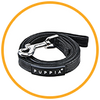


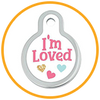
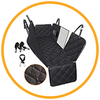



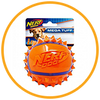

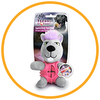
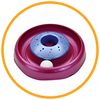
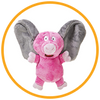
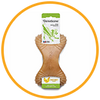






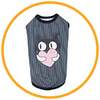



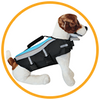
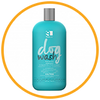

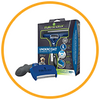
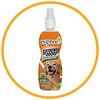
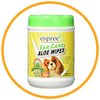
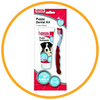
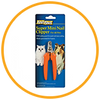
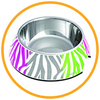
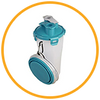
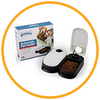

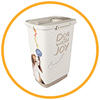
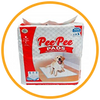
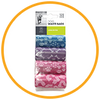
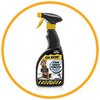
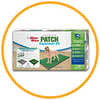
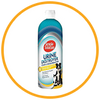
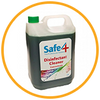
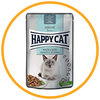
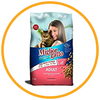
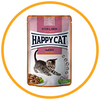
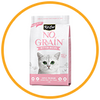
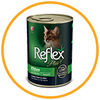

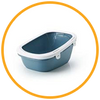
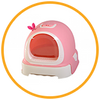
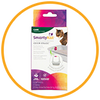
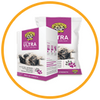
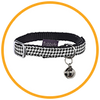
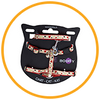

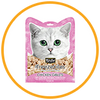
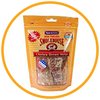
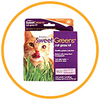
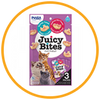
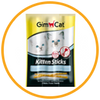




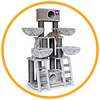
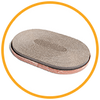

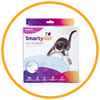
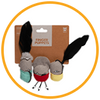
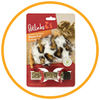
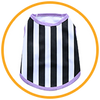
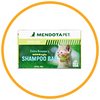

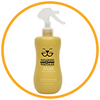
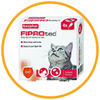
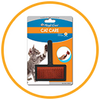


 Поддержка
Поддержка
 Счет
Счет